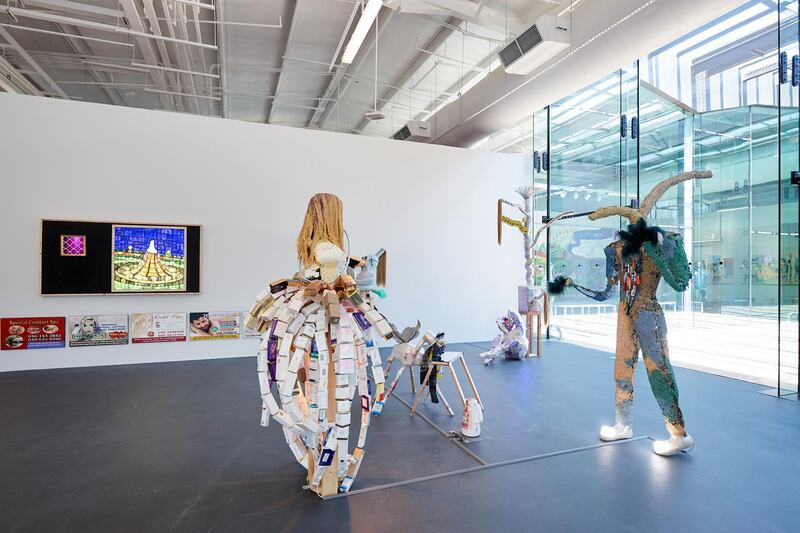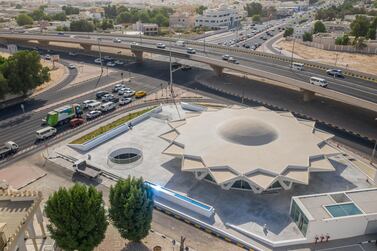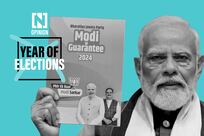Behind the many doors that were closed by the pandemic, many of the UAE’s art spaces did not stop working. Warehouse421 was no exception.
The Abu Dhabi art and design centre reopened this month after shuttering in March. During that five-month closure, it was able to launch a Covid-19 relief fund for artists, a residency programme, a podcast and a focus-group initiative, all while pushing ahead with its annual Salama bint Hamdan Emerging Artists Fellowship (Seaf) exhibition.
“A lot of the projects that we launched were not an immediate reaction. There was a lot of thought behind them,” Faisal Al Hassan, head of Warehouse421, says. “We started to think of different modes of connectivity and the work that we do and not immediately go for an aggressive online dump of everything we have,” he adds.
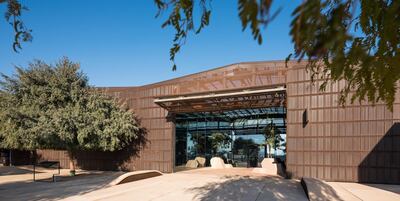
In May, Warehouse421 created the Project Revival Fund to help keep local and regional artistic production going. The centre received more than 150 applications from which 30 projects were chosen and granted packages of up to $2,000 (Dh7,300) per applicant.
The accepted applications came from all over the region, including Morocco, Egypt, Lebanon, Tunisia, Algeria and Turkey. Six projects from Sri Lanka were chosen, one of which will be included at 2021's Colomboscope, a contemporary arts festival.
“We weren’t looking for anything in return for these projects. We wanted to make sure that creative production continues while we are struggling to restart,” Al Hassan says, which means that the works were not acquired by Warehouse421 and were not required to be shown at the space.
Shortly after, Warehouse421 kicked off its first residency programme. Already in the works before Covid-19, the programme initially called for Menasa artists to complete the residency in Abu Dhabi. But because of the pandemic it was transformed into a “home-bound” residency, focusing on artists working on digital and research-based projects. The programme offers each resident a production budget of Dh30,000. Details on the residents and projects will be announced next month.
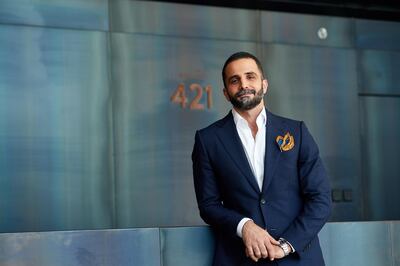
Al Hassan says the adjustment allowed creative practitioners to rethink the boundaries of who they could work with. “It provided a richer opportunity to get to a wider network of people, regionally and internationally. We were also able to pair the artists with mentors from all over the region,” he explains.
Perhaps one of Warehouse421’s most innovative developments during lockdown was its weekly focus group programme, where the centre brought together artists, designers and curators for internal online discussions on challenges within the regional art scene and the impact of the pandemic on their practices.
Al Hassan says that one of the key issues artists raised was the struggle to find affordable studio space in the UAE, a problem that hinders their production. Other discussions centred around the new era of social distancing and how it affects collaborations between artists.
“We’re creating reports out of these focus groups that will inform our five-year strategy for 2021 to 2026,” he says. In this regard, Warehouse421’s focus group programme could be a significant example of how art spaces can be more engaged with local and regional creative communities.
The centre has also been busy preparing for its annual Seaf exhibition, a fellowship programme that has run for more than six years. Aimed at emerging artists in the UAE, it includes a 10-month educational programme with the Rhode Island School of Design (RISD) that culminates in an annual show called Community and Critique.
Typically, the cohorts – the word Warehouse421 uses to describe the selected artists – meet with academics, attend lectures and go on studio visits and trips abroad. This year, however, those activities have been taken online.
Despite these changes in teaching modes, Al Hassan says that one of the positive outcomes of the situation was the involvement of previous Seaf fellows in online lectures and discussions. “We started to see a lot of the Seaf alumi come in and engage with the current fellows during the teaching weeks,” he says.
The show is scheduled to open on Saturday, November 7. When it comes to running an exhibition, Al Hassan says there are many things to consider in the age of coronavirus. This is where the digital world can be a big help. "Moving forward, how we do complement the physical experience with the digital? The visitor experience now starts from home," he says.
Physical art spaces may no longer be the sites where discussions take place. The days of exhibition openings, where artists, writers and visitors gather to talk about the works, may be over – at least for the foreseeable future. Instead, Al Hassan imagines that visitors will read about the show online, come to the centre to see it and then continue with talks and other programming online.
For Al Hassan, it is about striking the right balance. “The physical experience of the exhibition is sacred to us, and that is a main challenge – how do we stay connected with our audiences and provide them with a rich experience that was not overbearing and not a disruption to them?”
Currently, Warehouse421 is operating at 40 per cent capacity, with thermal cameras and disinfection tunnels installed at the centre's entrance. As a new addition, the centre has commissioned artist Khalid Mezaina to illustrate Covid-19 precautionary guidelines that are shown in the space.
Emirati artist Hashel Al Lakmi's show The Cup and The Saucer, which opened in March, is still on view. It includes playful and otherworldly sculptures and installations that investigate ideas of individualism and collectivism. The show will run until Sunday, October 25.
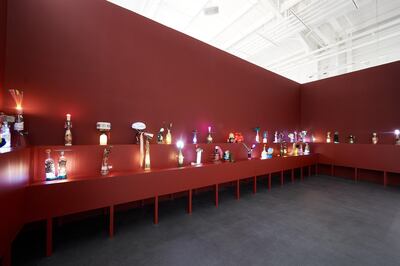
There is also The Stonebreakers, a group show curated by Murtaza Vali, which explores maritime landscapes, specifically on the ship-breaking yards in South Asia. It is on view until the end of the year.
As Warehouse421 rolls on with its programming, Al Hassan and his team continue to reflect on how the ongoing pandemic will shape the way artists make art and the way visitors will experience it.
“The year of 2020 is the year of coping, and we’re starting to look at 2021 as the year of experimentation. This is the new reality that we are living in. Even post-Covid, things will not be the same,” he says. “We just need to be patient until we find the right formula where we can continue to have a physical space, go back to being social beings, but also making sure that the experience is right, with the digital and physical working together.”
